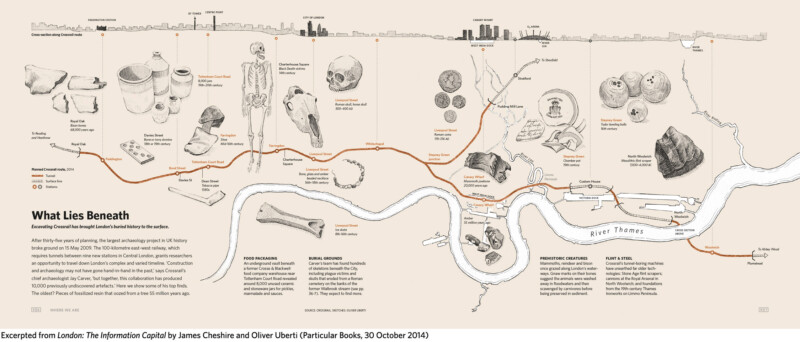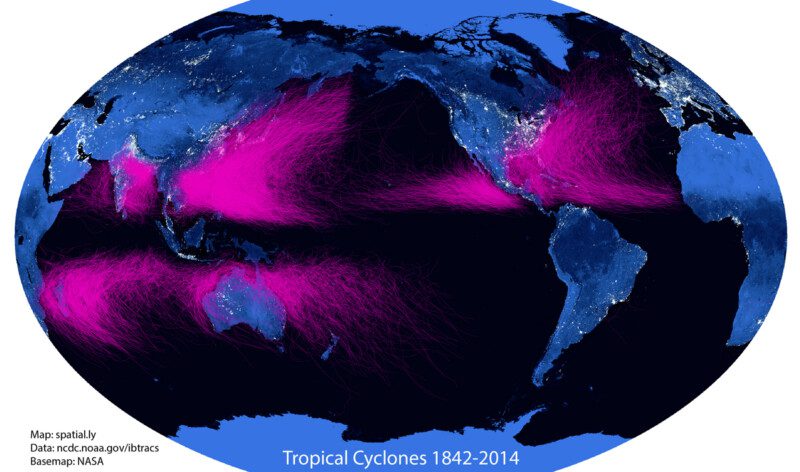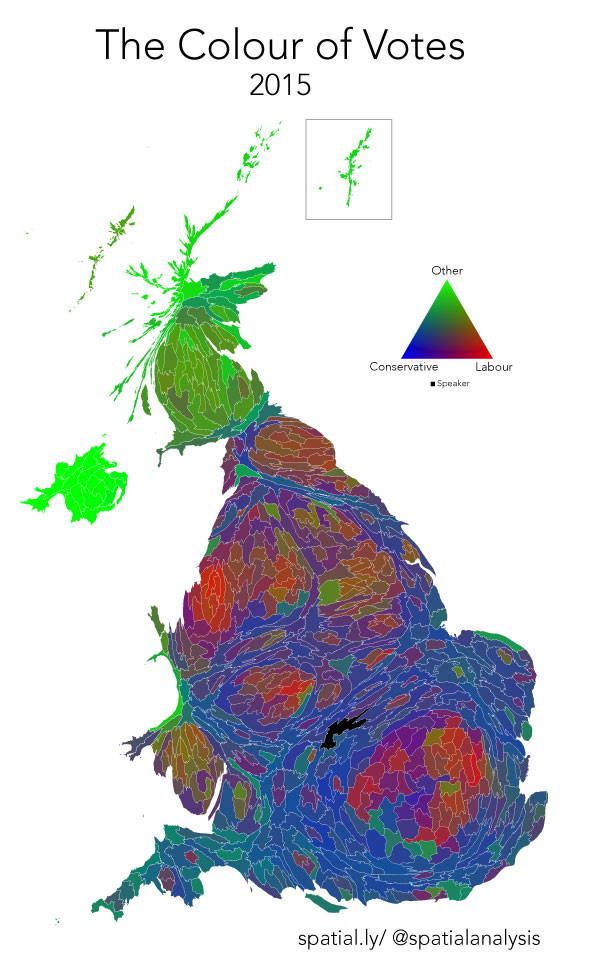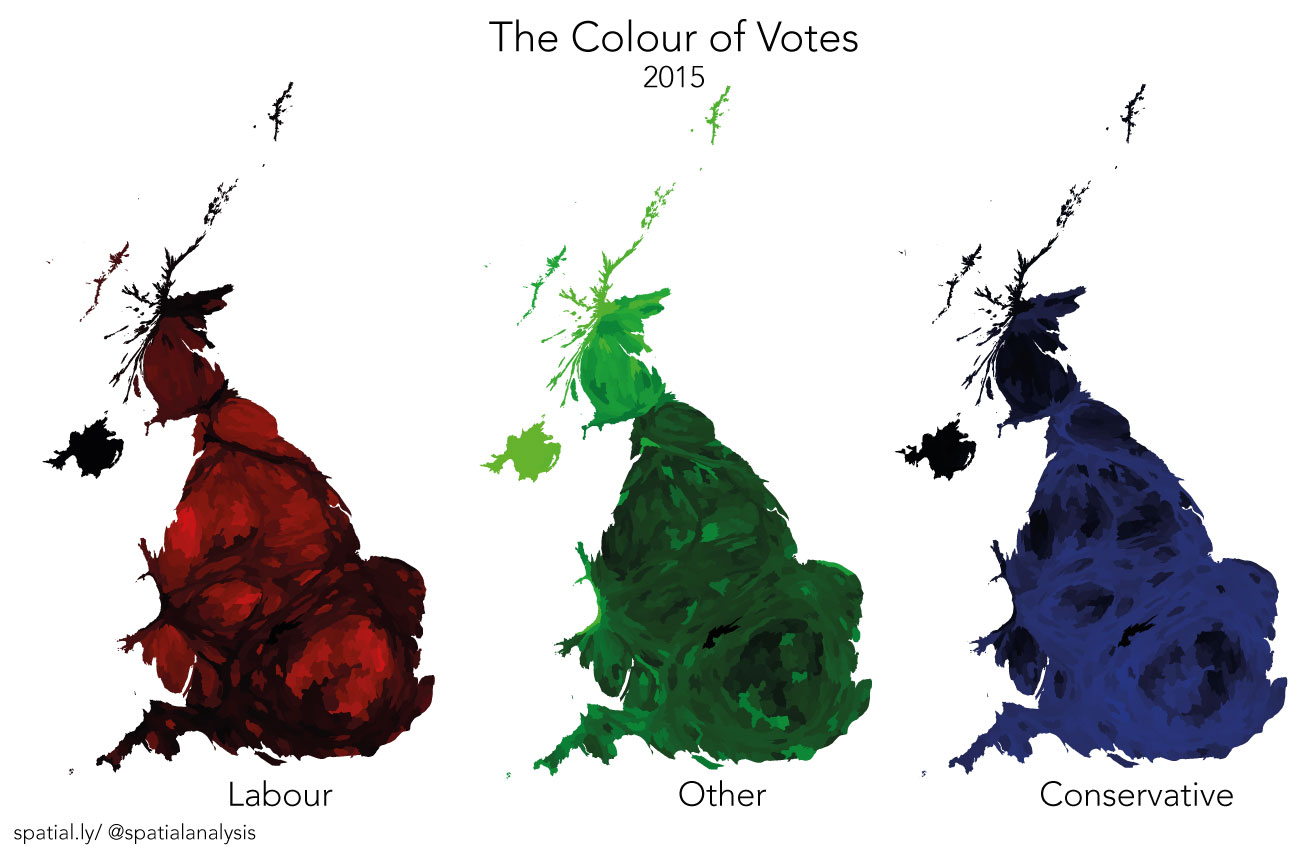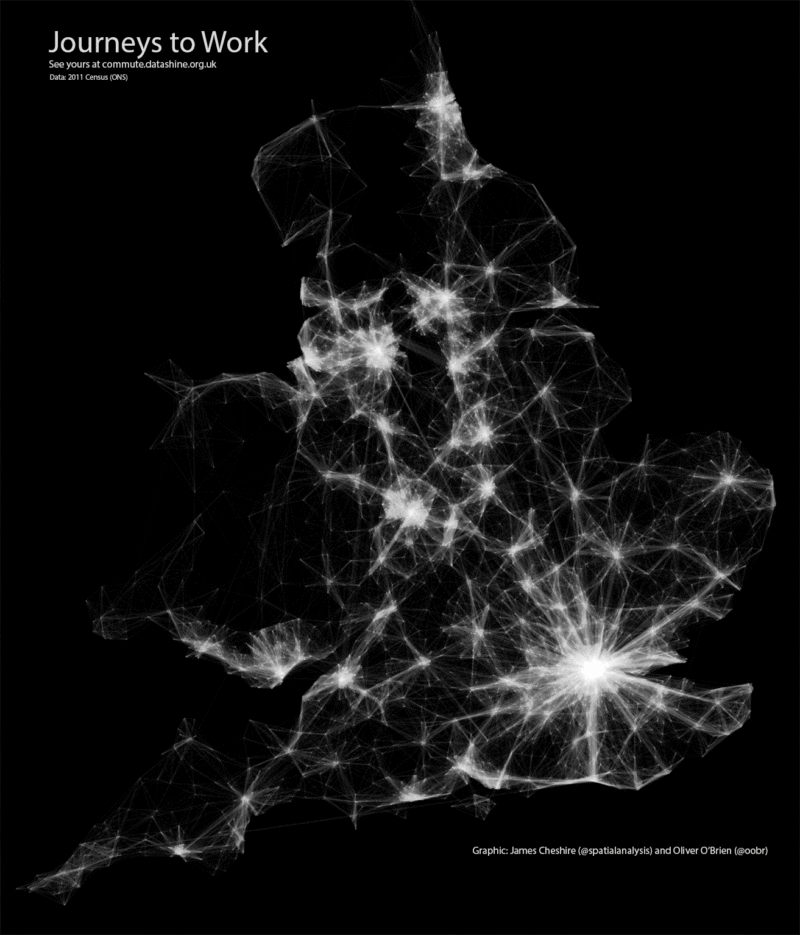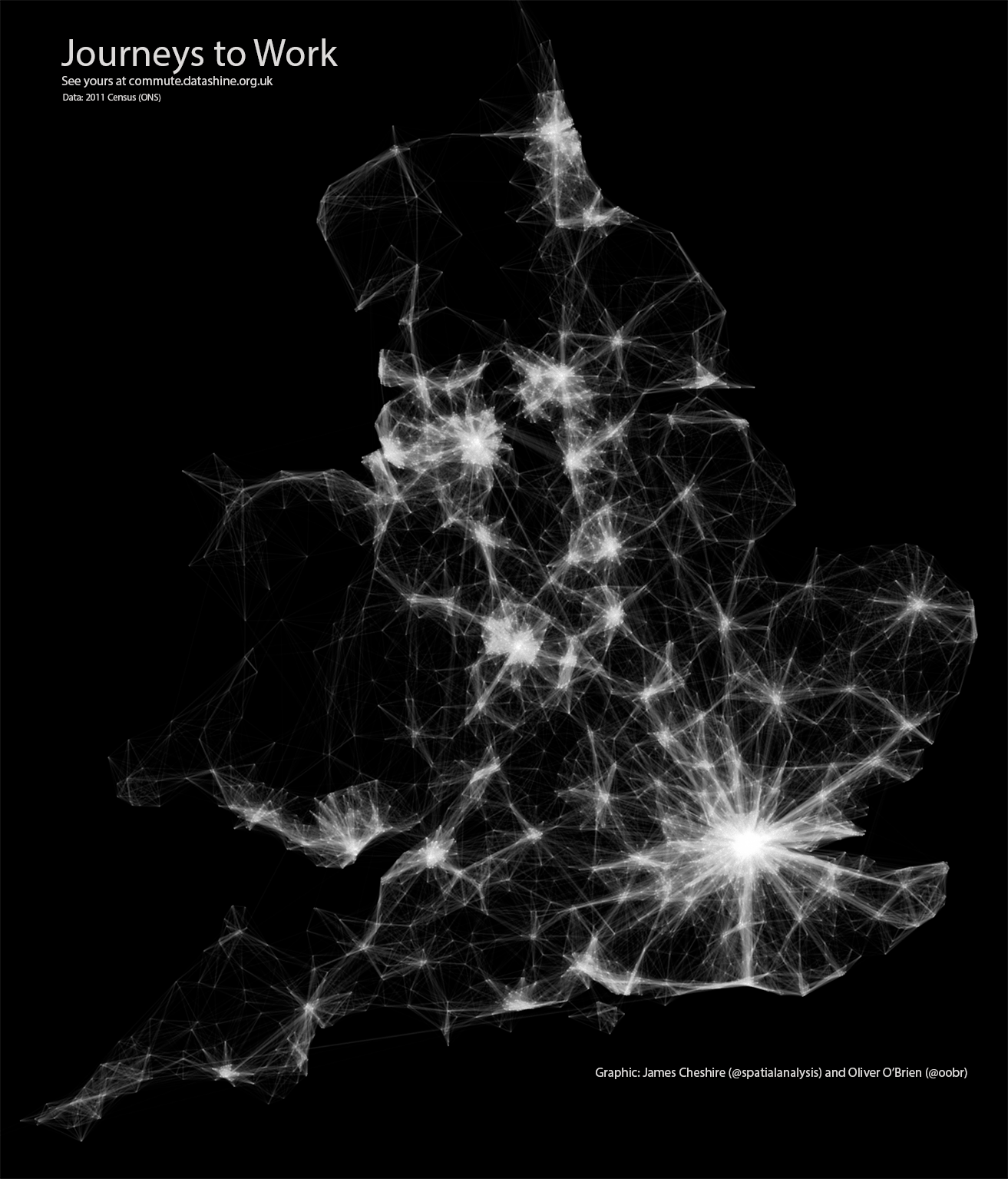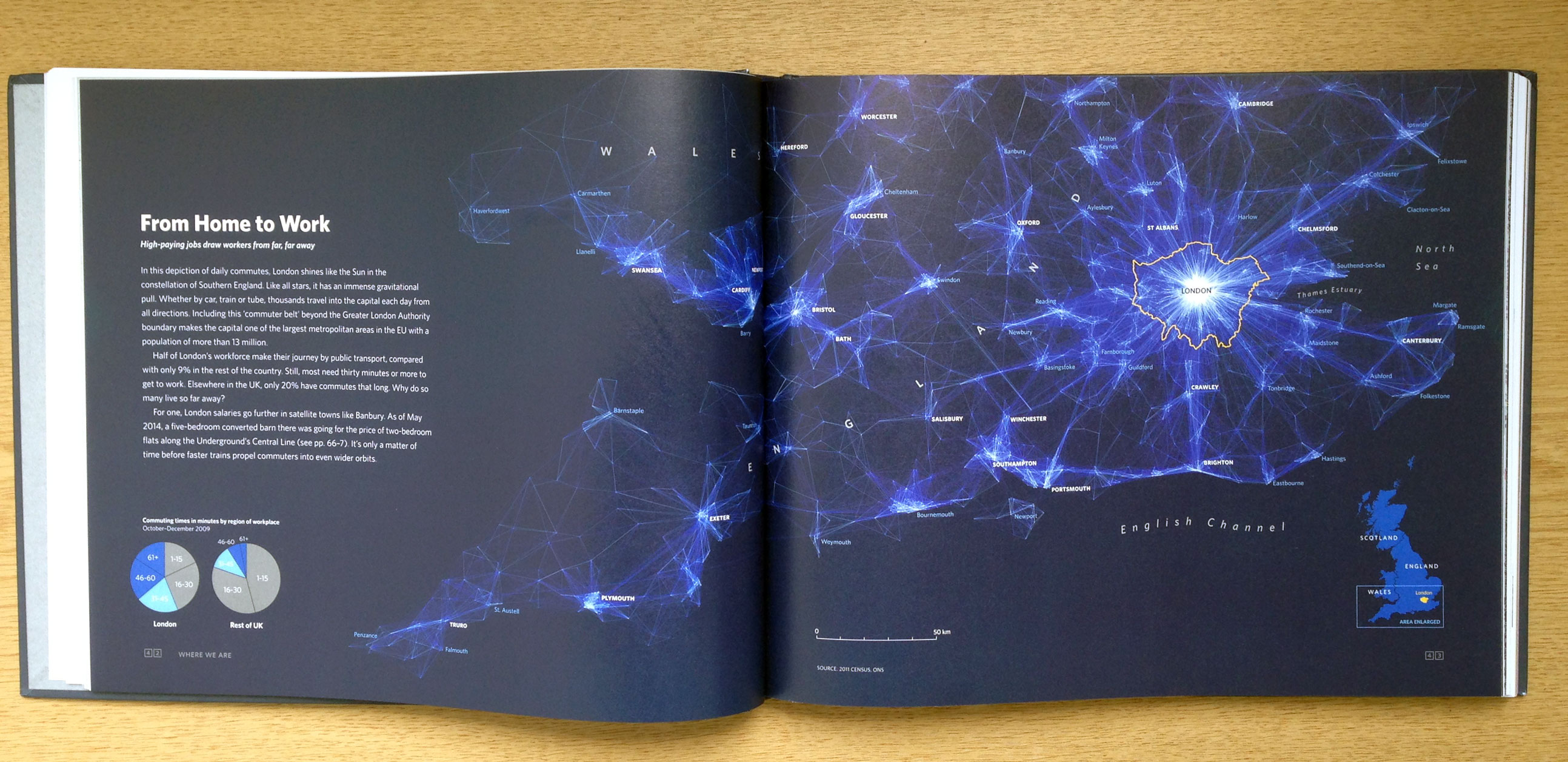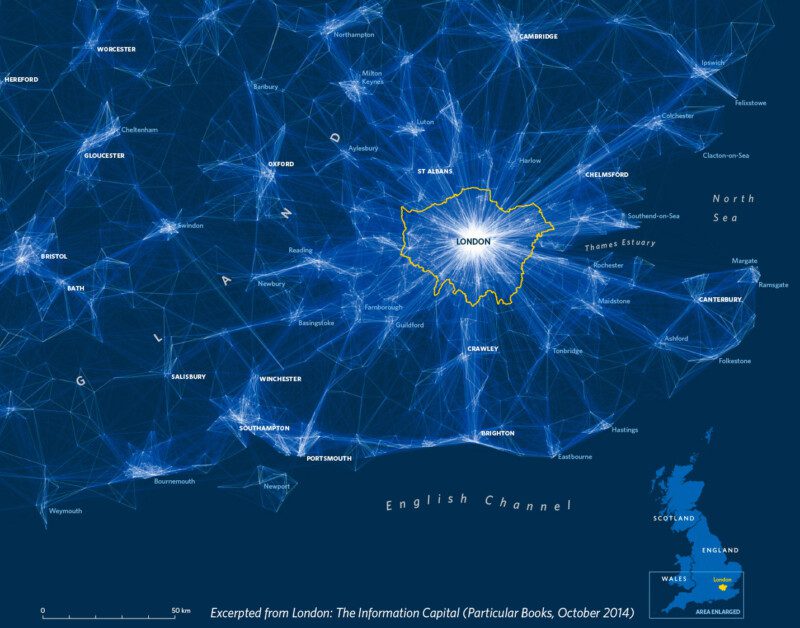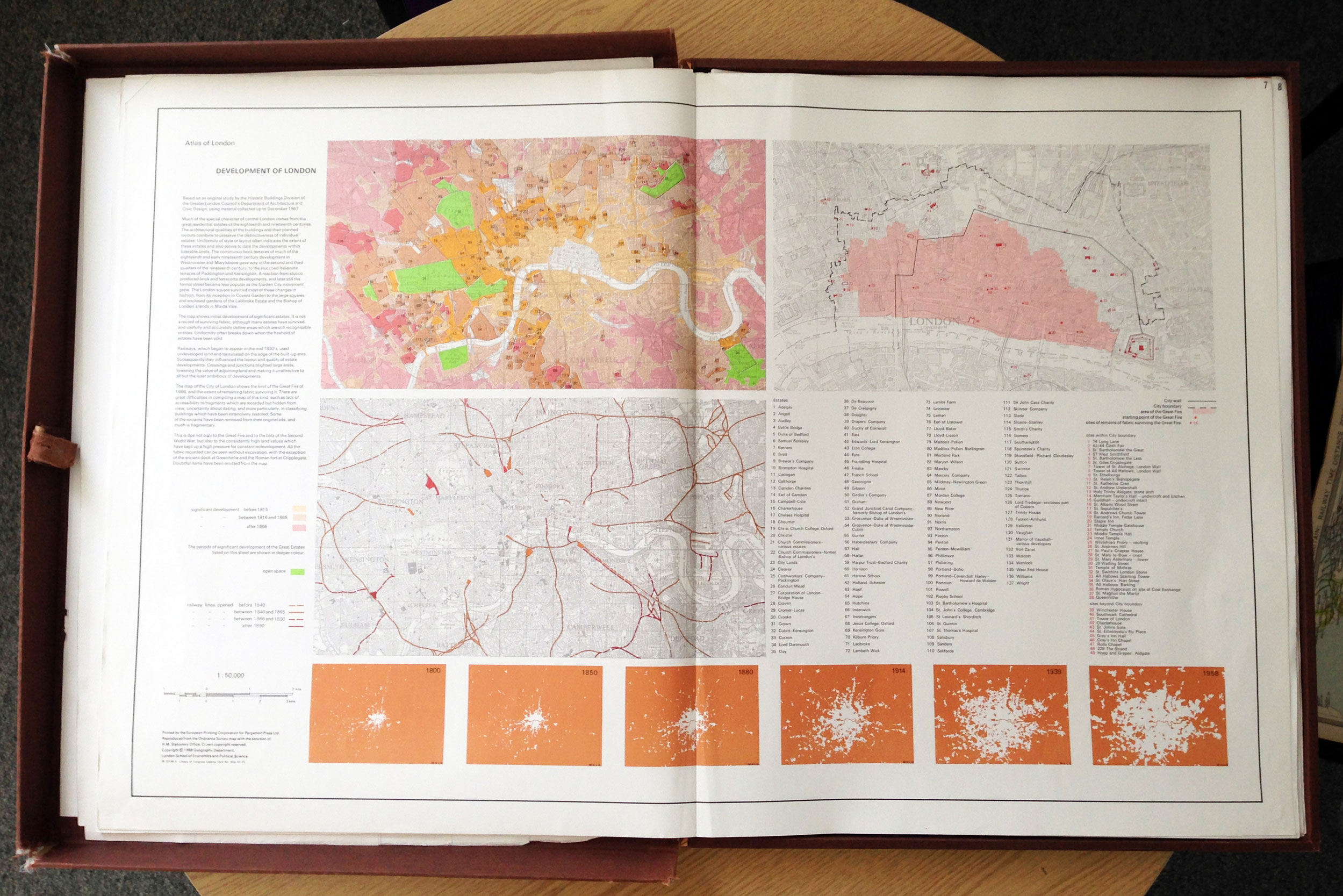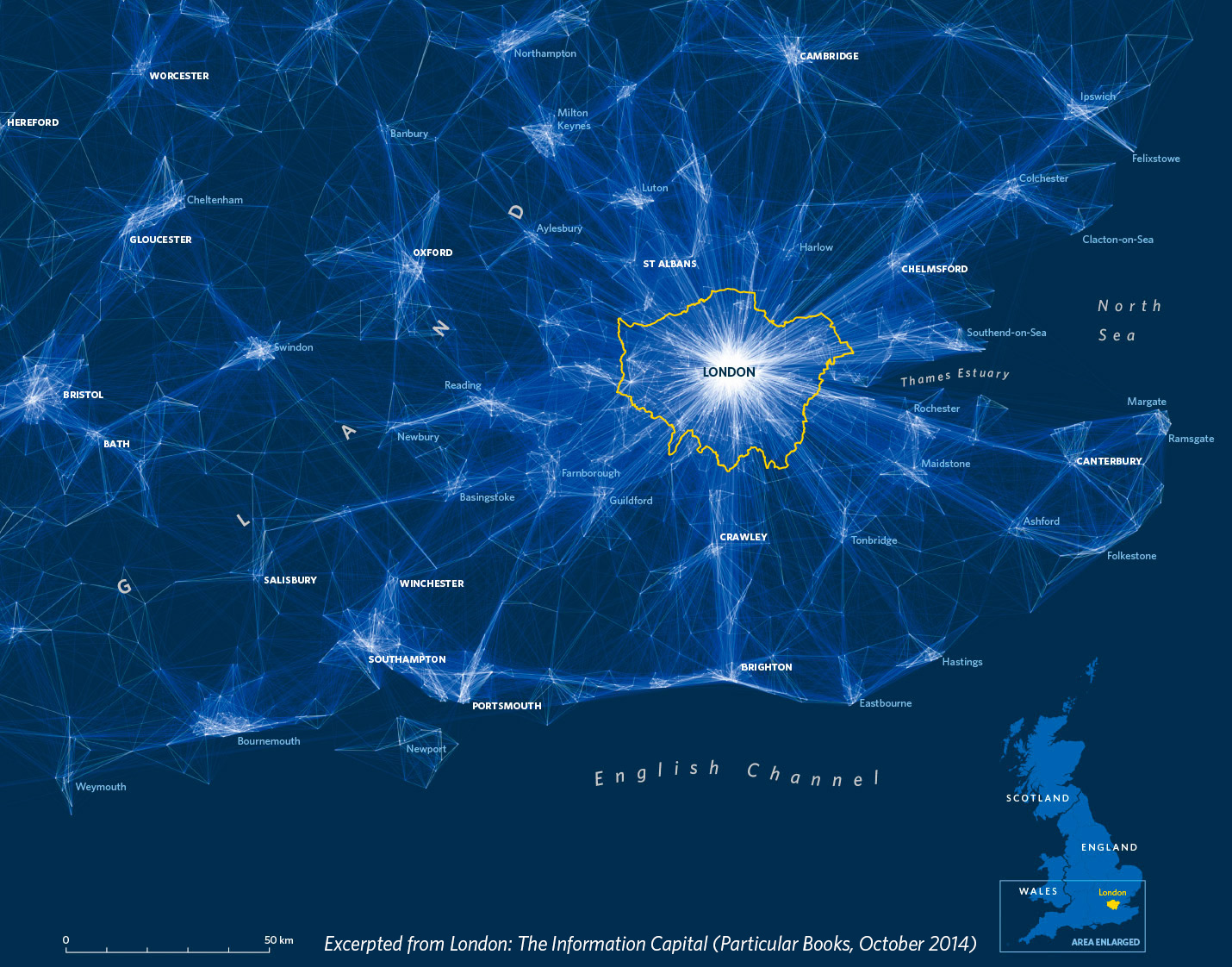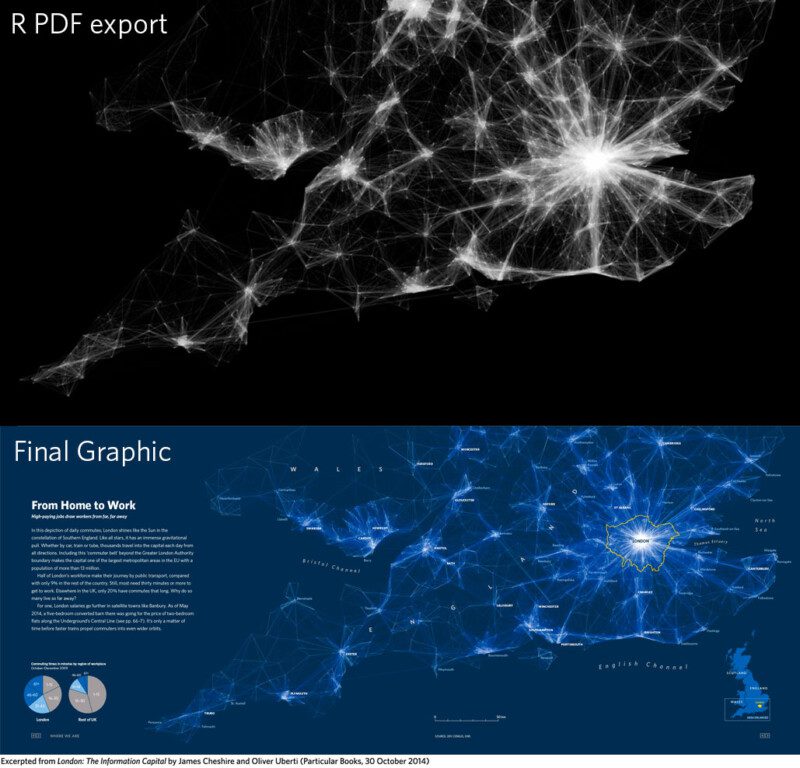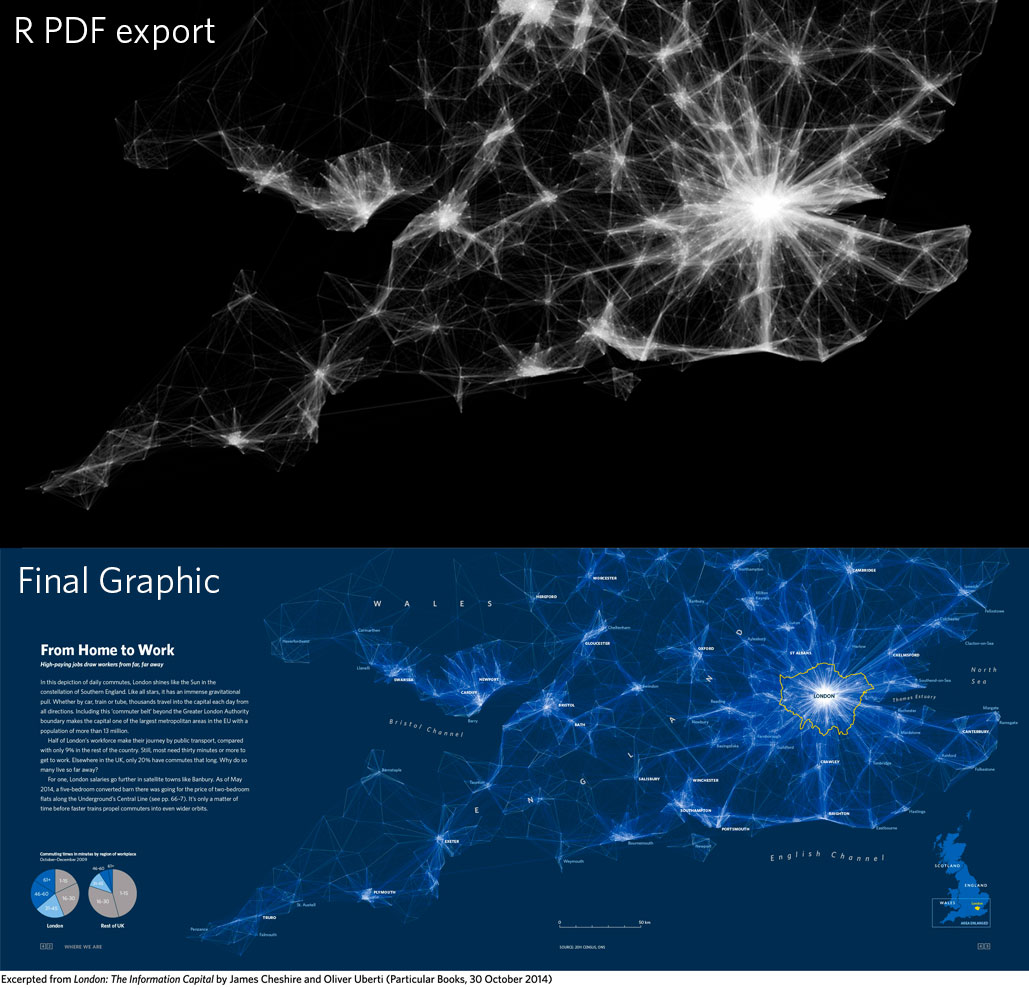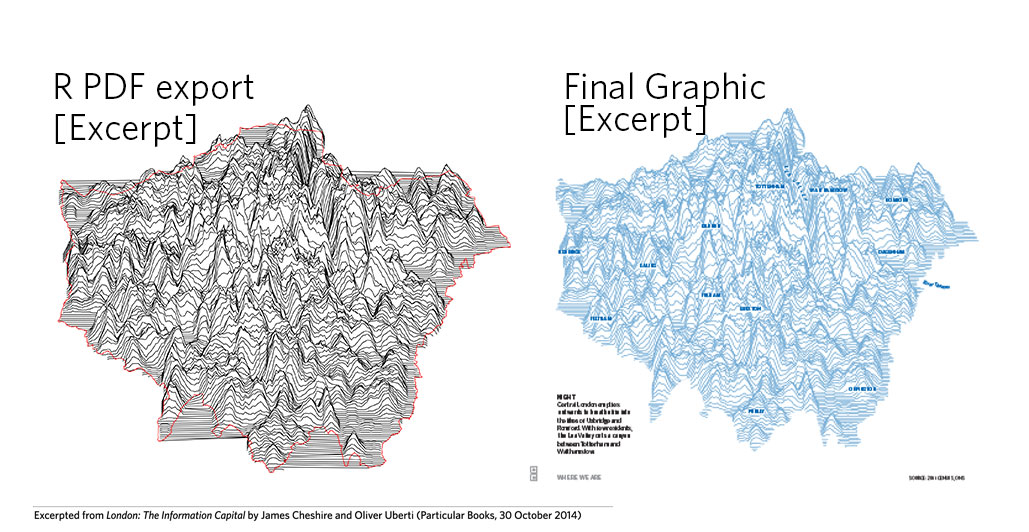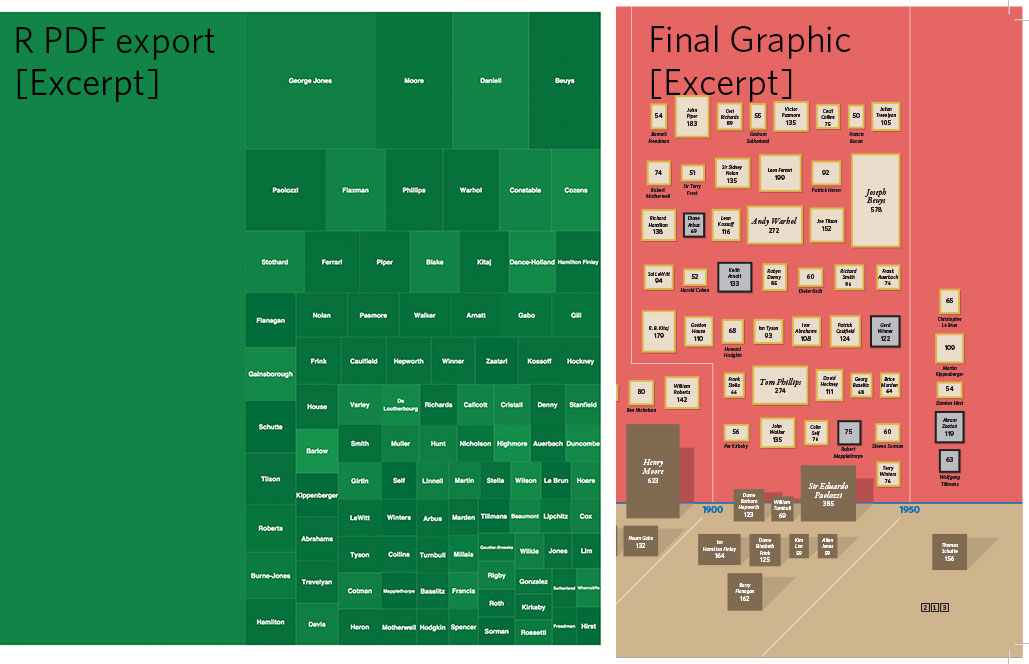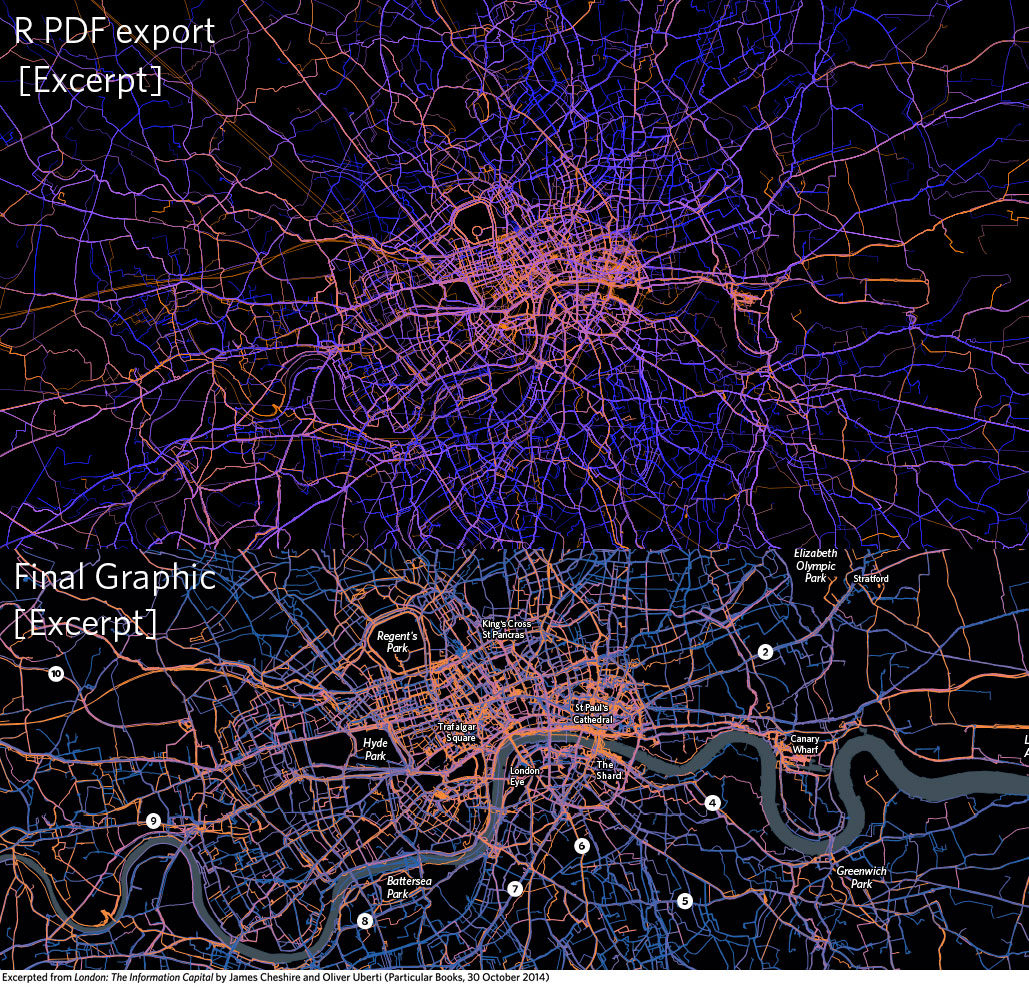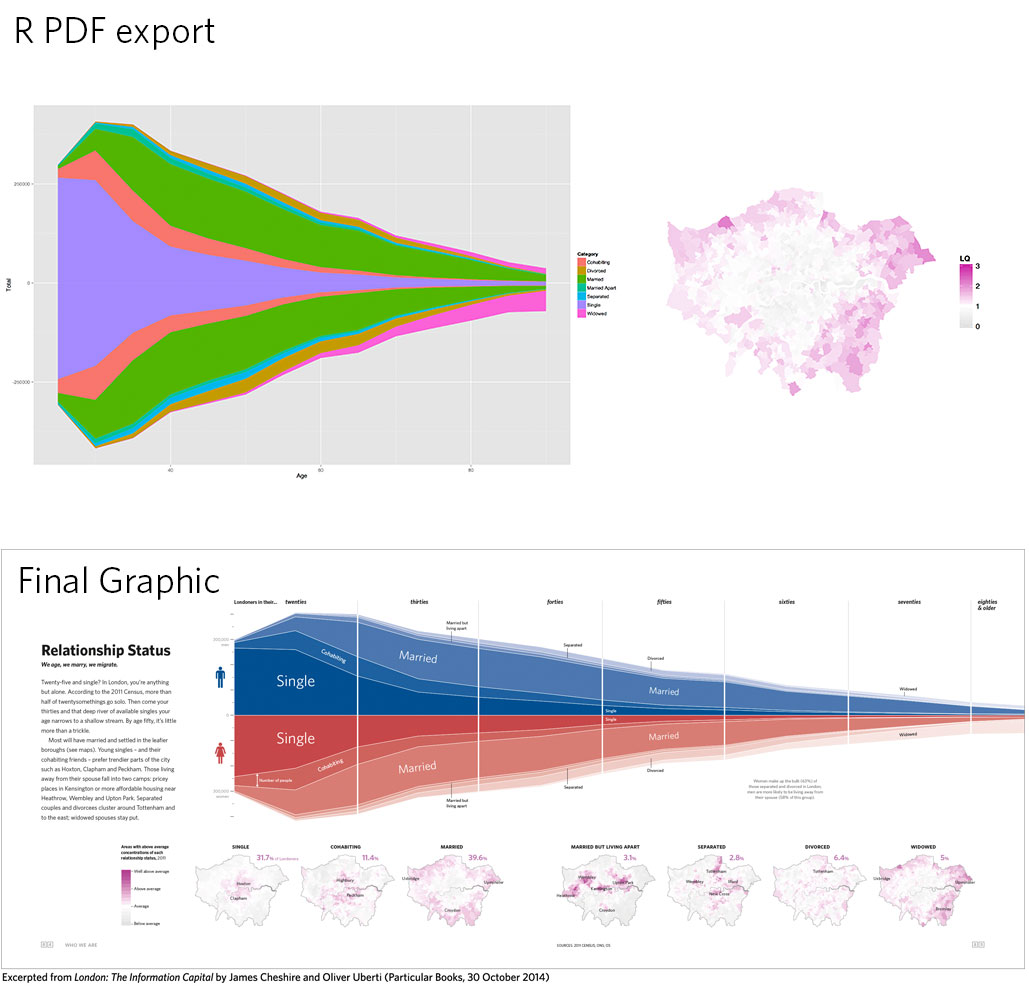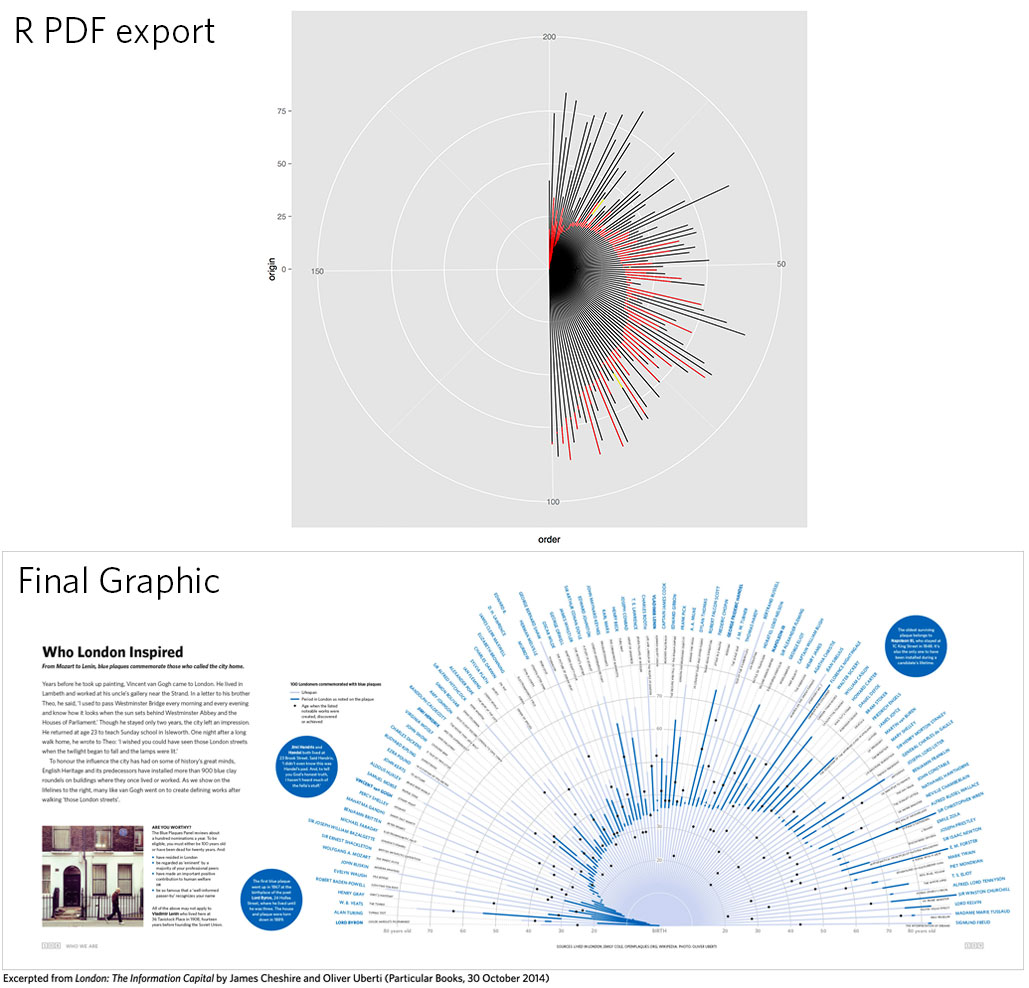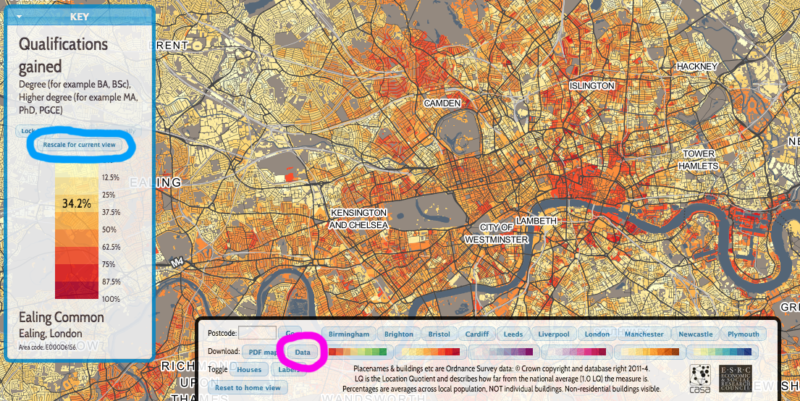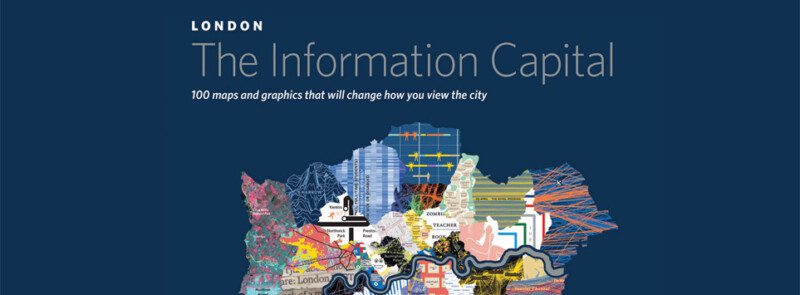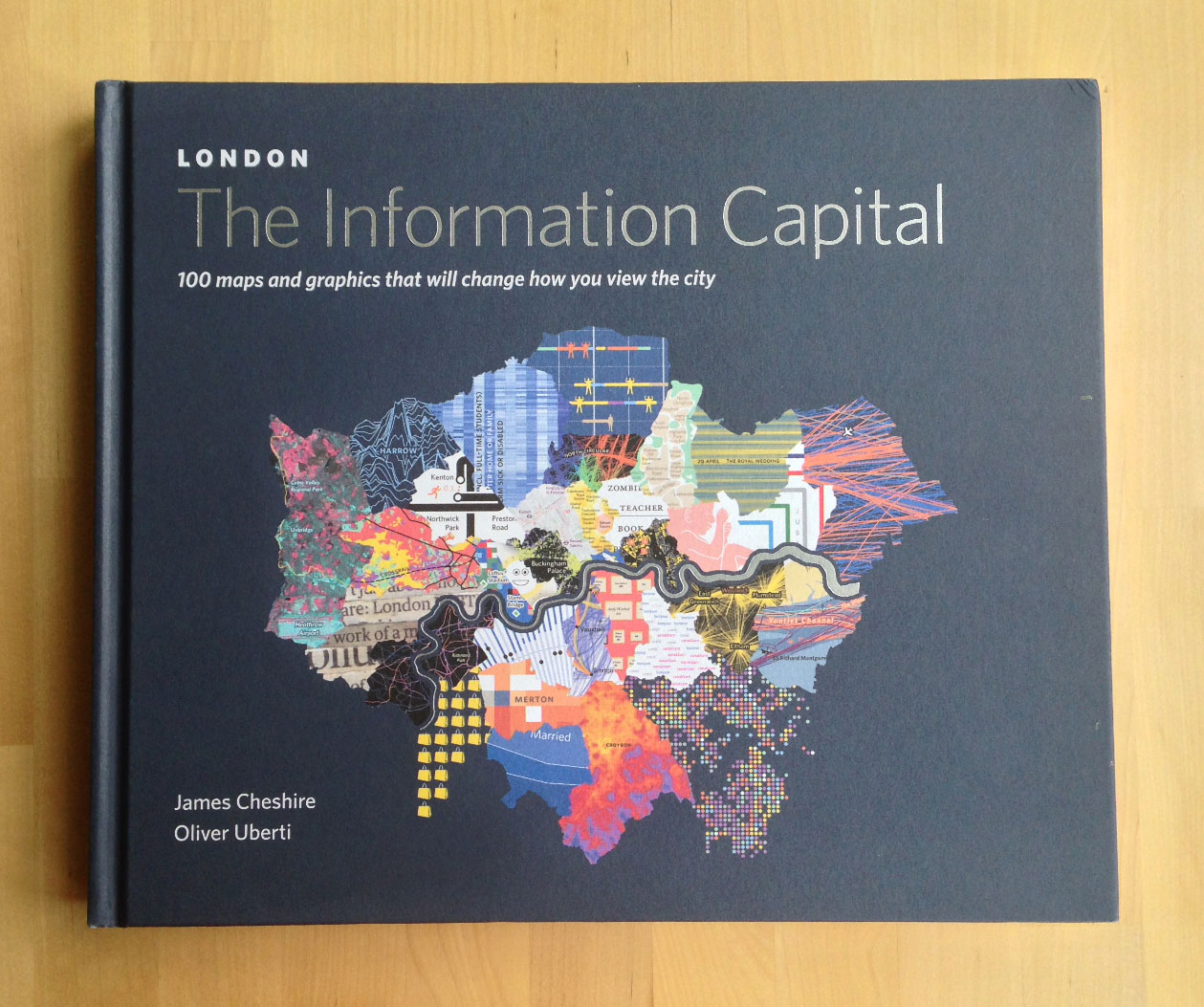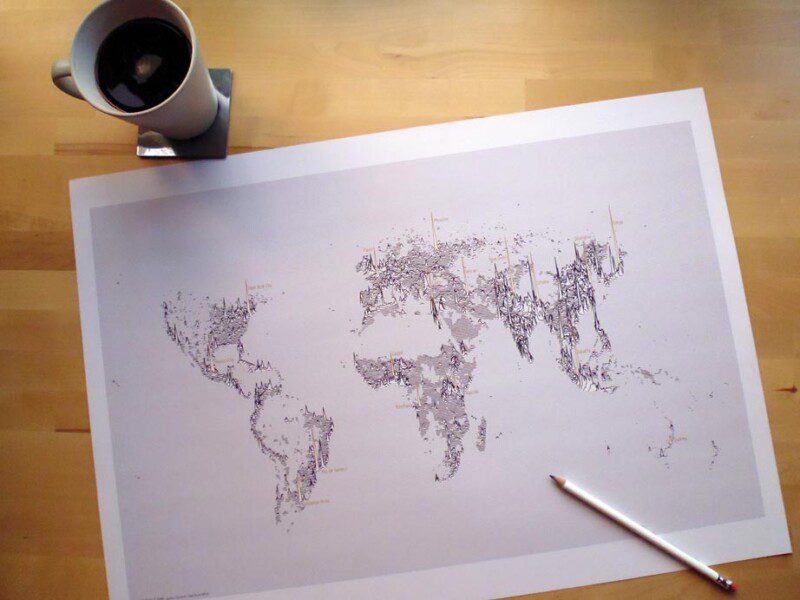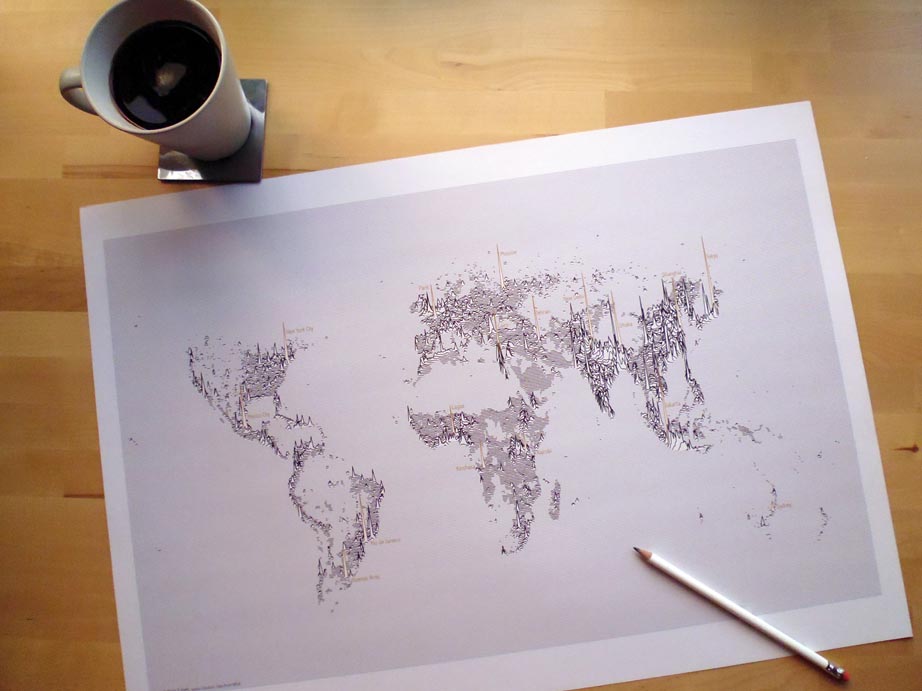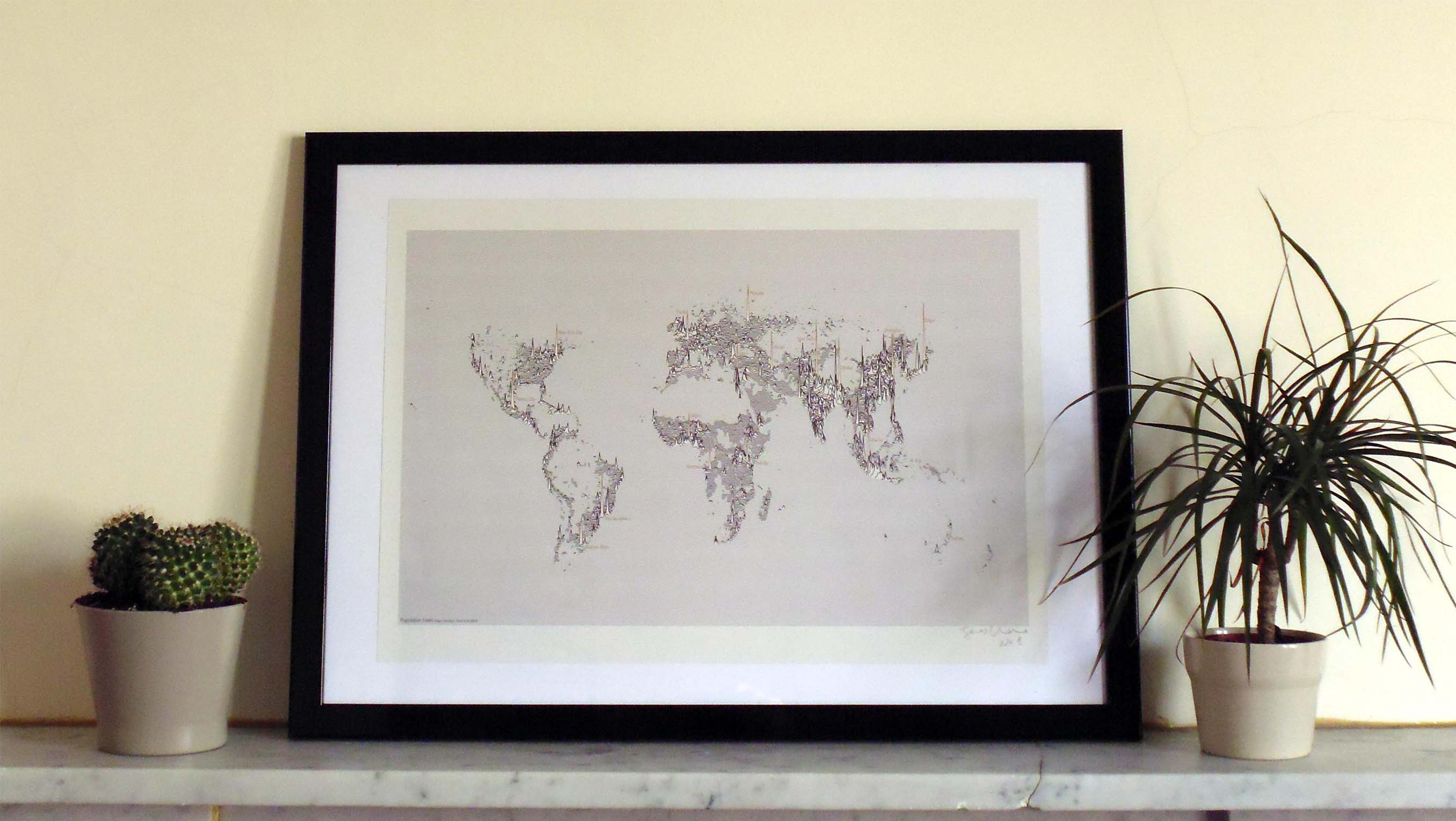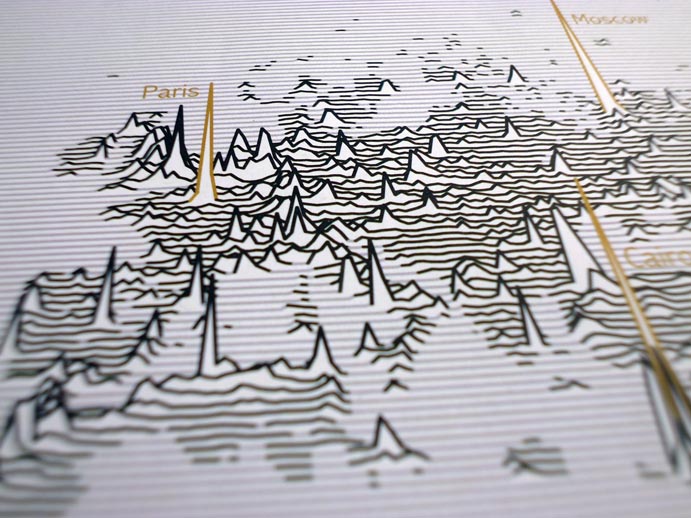*Cross-posted from London: The Information Capital’s website*
As London: The Information Capital enters its second year in print, we think its maps and graphics continue to show London at its best. Here are 12 of our favourites…
12. Photogenic Features
A sleepy tiger, a blue whale, the Queen’s Guards and the arc of the London Eye. To get these shots, leave your guidebook at home and head to spots on this map. Researchers Alexander Kachkaev and Jo Wood at City University London plotted more than 1.5 million pictures taken by 45,000 Flickr users. Like camera flashes in a dark arena, these lines and clusters expose patterns of human activity.

11. What Lies Beneath
After thirty-five years of planning, the largest archaeology project in UK history broke ground on 15 May 2009. Crossrail, the 100-kilometre east-west railway that requires tunnels between nine new stations in Central London, grants researchers an opportunity to travel down London’s complex and varied timeline.

10. Passports, Please
For the first time, the 2011 Census asked, ‘What passports do you hold?’ 5.8 million Londoners ticked ‘United Kingdom’; 1.7 million named another country. In these maps, we show where British passport holders were born (left) and the number of foreign passport holders from each country (right).

9. The Tube Challenge
The Guinness Book of Records credits R. J. Lewis and D. R. Longley with completing the first Tube Challenge on 13 June 1959. Since then, the game has evolved with the Tube map. Yet the essential rule remains: visit every station. Here we show you how.

8. Increasingly Eastern
With this chart, we show the changing numbers of migrants from 98 countries between the last two censuses and rank them by percent change. For example, in 2001 there were fewer than 3,000 Lithuanians living in London: by 2011, that figure had increased sixteen-fold.

7. Relationship Status
Twenty-five and single? In London, you’re anything but alone. According to the 2011 Census, more than half of twentysomethings go solo. In this graphic, we show how the rest of Londoners are pairing or splitting and where they live.

6. Greetings from London
London boasts over 300 different spoken languages — more than any other city in the world. The capital’s lingua franca, of course, remains English: 78% of Londoners cited it as their ‘main’ language in the 2011 Census. The other 22% speak in different tongues, including Urdu, Somali and Tagalog. We celebrate the city’s linguistic diversity by mapping how you’d say ‘hello’ in the most-frequently-spoken languages aside from English.

5. Islington Has Issues
Since 2011, the Office for National Statistics (ONS) has asked UK residents to rate their feelings of life satisfaction, purpose, happiness and anxiety on a scale of zero to ten. In these faces, we have linked each of those four questions to a different facial attribute.

4. Getting to Work
The Underground may be the best-known way to get around London, but it is not an option for everyone…

3. The Football Tribes
There are thirteen professional football clubs in London. To produce this mosaic of football loyalties, we divided the city into 500-by-500-metre squares, each coloured by the club with the most tweeted hashtag in that area.

2. A True Zoo
After an afternoon of sketching at the London Zoo in February 2014, Oliver decided to celebrate some lesser-known creatures tallied during the zoo’s annual inventory.

1. From Home to Work
In this depiction of daily commutes, London shines like the Sun in the constellations of Southern England. Like all stars, it has an immense gravitational pull. Whether by car, train or tube, thousands travel into the capital each day from all directions.

Purchase London: The Information Capital from Amazon, Waterstones, or Foyles.
